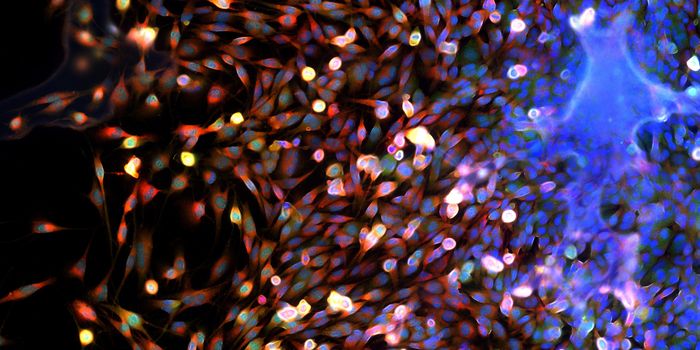The ESKAPE pathogens are so-named because they have managed to “escape” the activity of our modern antibiotics, resulting in serious hospital- and community-acquired infections. They are Enterococcus faecium,
Staphylococcus aureus,
Klebsiella pneumoniae,
Acinetobacter baumannii,
Pseudomonas aeruginosa, and species of
Enterobacter. (Get it? ESKAPE. See what they did there?)
Enterococcus faecium is a Gram-positive bacterium and is a common cause of hospital-acquired infections. Many E. faecium strains are resistant to vancomycin. (Vancomycin binds to the bacterial cell wall, but E. faecium alters its wall to prevent this from happening.)
Staphylococcus aureus is a Gram-positive pathogen responsible for community and hospital-acquired infections. S. aureus cells love to grow in biofilms, making them especially resistant to antibiotics. Researchers at the University of Arkansas for Medical Sciences recently reported the use of gold nanocages to kill
S. aureus. According to study author Mark Smeltzer, “it is also estimated that 80 percent of all bacterial infections involve formation of a biofilm, and all of these infections share the common characteristic of intrinsic resistance to all antibiotic therapy”.
The nanocages are loaded with antibiotics and irradiated with a laser. The radiation heats up the nanocages, releasing the antibiotics and killing the bacteria. This technique effectively killed methicillin resistant and sensitive S. aureus cells in liquid culture - it was also verified to be effective against cells growing in biofilms. This approach isn’t specific for S. aureus, however. “The even better news is that the technology we developed would be readily adaptable to other bacterial pathogens that cause such infections, including the other ESKAPE pathogens”, says Smeltzer.
Klebsiella pneumoniae is a Gram-negative bacterium that is closely related to E. coli. Strains of both Klebsiella and E. coli have evolved to produce extended-spectrum beta-lactamases (these are enzymes that degrade beta-lactam antibiotics like penicillin or ampicillin).
Acinetobacter baumannii usually infects the severely immunocompromised or patients that have been treated with numerous antibiotics. A. baumannii is a pretty tough cookie. These cells can survive for up to 5 months in places ranging from countertops to fingertips. Not to mention, it has an efflux pump that is especially good at expelling ammonium-based disinfectants.
Pseudomonas aeruginosa, also a close relative of E. coli, often infects the lungs of patients with cystic fibrosis and can also produce extended-spectrum beta-lactamases. Fun fact , P. aeruginosa is usually the cause of hot tub itch (ok, the technical term is folliculitis).
Last, but not least, species of Enterobacter often causes respiratory tract infections in patients with ventilators. Interestingly, Enterobacter may contribute to obesity - cells transferred from the guts of morbidly obese people caused obesity in mice.
Sources: ISME Journal, Wikipedia,
ACS Infectious Disease,
UAMS









